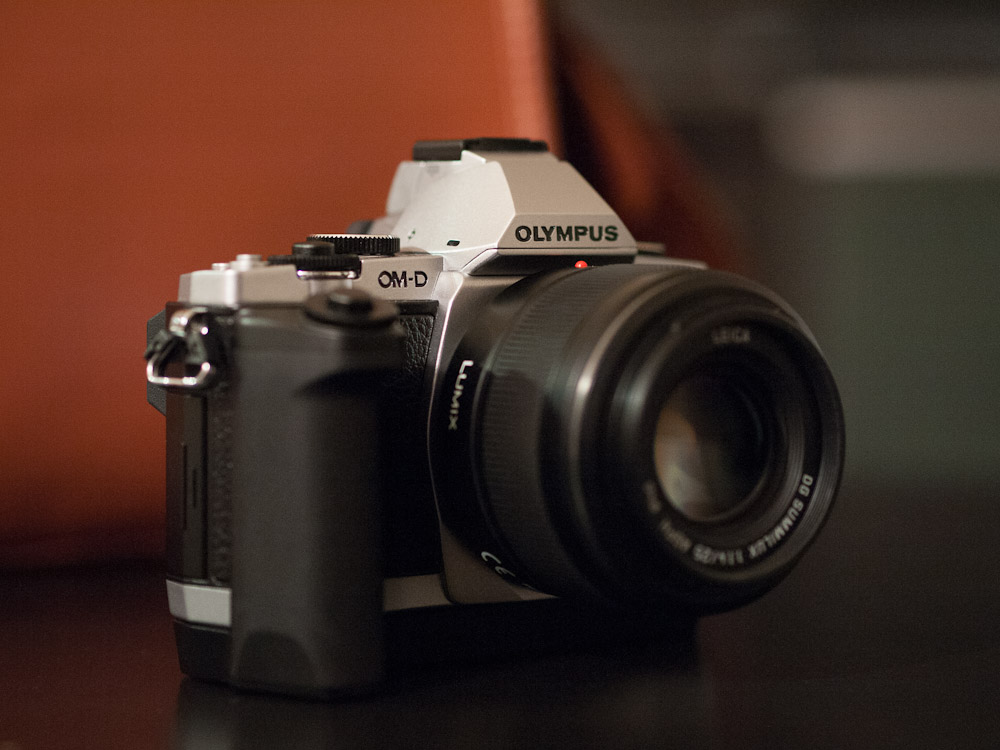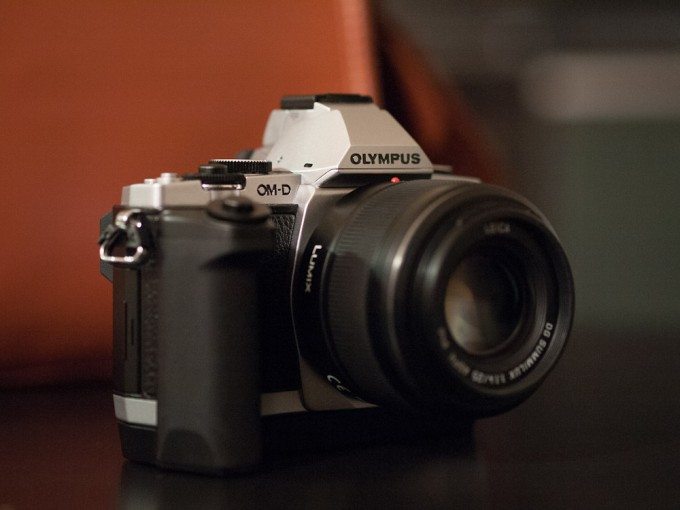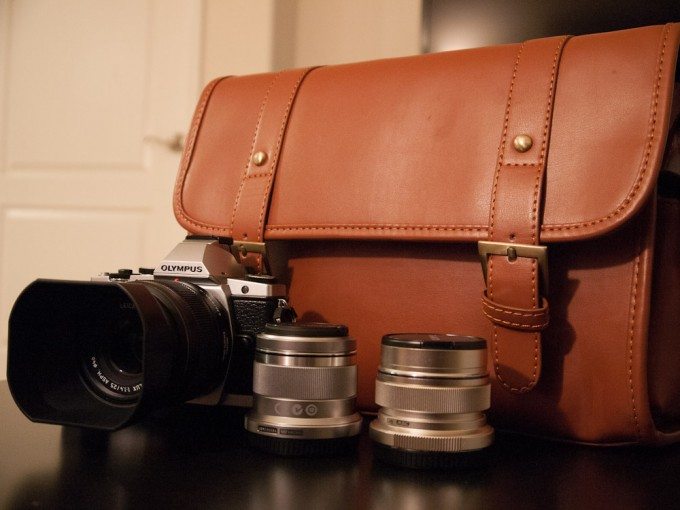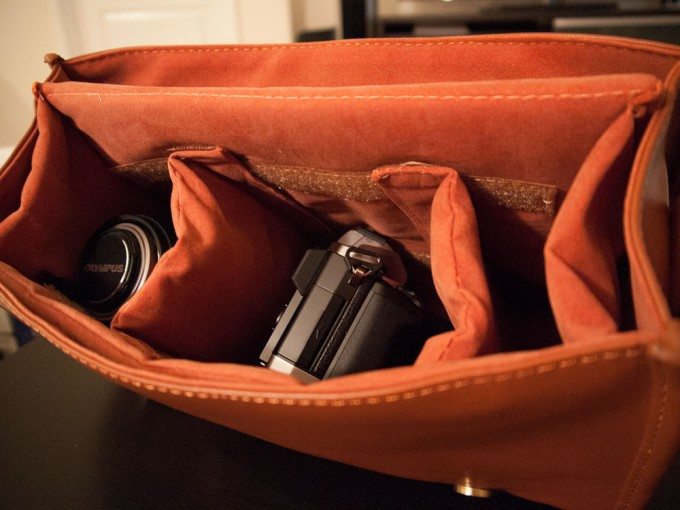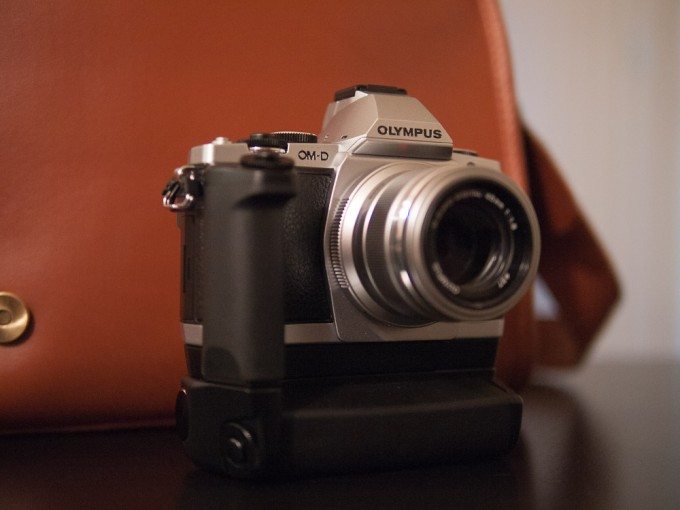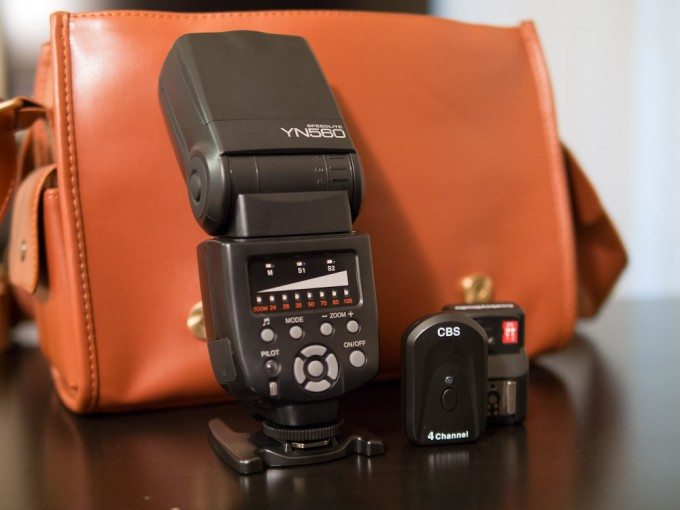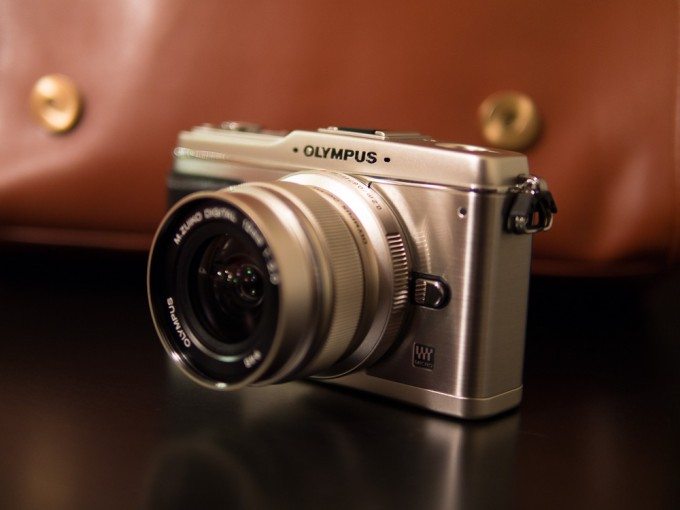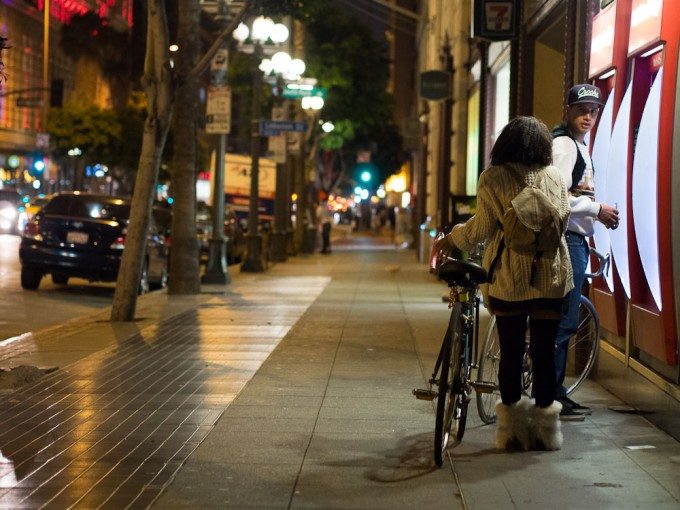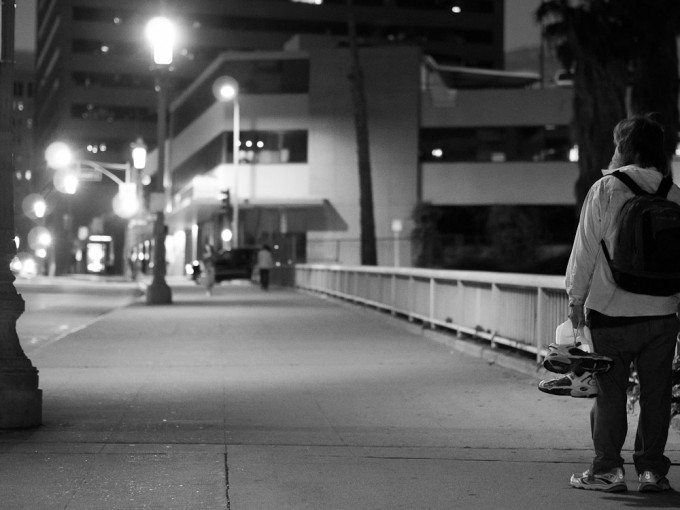I made a really big move this month, one that I’ve spent years thinking about. It was an overhaul, and was something that I’m not sure I could’ve done properly until this year. Yep, I sold my DSLR and all my lenses and moved to micro four thirds. And the one piece of gear that really pushed me there? You guessed it: the Olympus OM-D E-M5.
Rewind to late 2009, just after the announcement of the Panasonic GF1. Micro four thirds really excited me, and I was absolutely floored about the idea of carrying around a camera a fraction the size of my (then) Nikon D90, but one that is still capable of taking fantastic photos. As soon as the GF1 was available for purchase, I pulled out my credit card and had one in my hands.
I had loads of fun with that camera. It took stunning photos, and was small, light, and easy to carry around with me. I would bring it with me to places I never would’ve considered bringing a camera before, and never noticed the weight hanging around my neck. Yet, it wasn’t all joyous. Micro four thirds was young and there were still some glaring issues at that point. AF was terribly slow, low light performance wasn’t particularly good, and the lens ecosystem hadn’t quite matured at that point. Not to say that any of these issues were deal breakers, but for me, the GF1 wasn’t ready to be a DSLR replacement like I had hoped it would be.
I spent the next few years continuing to shoot with Nikon DSLRs, but was always cycling back and looking into mirrorless cameras to see if they had matured enough to really replace my DSLR. The Fuji X100 was about as close as I got, and I loved that camera. Stunningly good image quality, great in low light, and a really nice lens. But AF was still slow, and there were of course no interchangable lenses. The X100 was a great second camera, but wasn’t a DSLR replacement just yet.
Then 2012 came along, and there were two really big announcements that excited me and got me thinking again about the possibility of replacing my DSLR with something mirrorless, small, and light. First, the Fuji X-Pro 1. A Fuji X100, but with interchangable lenses? Just what I was looking for! But the price was prohibitive, the lens ecosystem isn’t there yet, and AF performance was still dismal. The one that really excited me was the Olympus OM-D E-M5.
A nod to the old Olympus OM SLRs, the OM-D E-M5 was dubbed as Olympus’s new flagship micro four thirds camera, and it looked great. Fancy new sensor, built-in EVF, “world’s fastest autofocus”, and the best low light performance we’ve seen out of a micro four thirds camera to date.
This was the one, I told myself. This was the camera that’s finally going to push me over the edge into mirrorless land. After doing some research and trying out some of the fantastic micro four thirds lenses available now, I made the decision that the OM-D E-M5 was going to replace my DSLR.
The Kit
DISCLAIMER: You see, I’m not a professional photographer. I’m a hobbyist that (very) occasionally gets paid to take photos. But I have a day job, and I primarily take photos because I love to do it. So when I talk about replacing my DSLR, understand that it is something that worked for me and my style of shooting, but it obviously isn’t perfect for everybody.
Now, back to the OM-D. On the surface, it seemed that I could put together a kit that was a fraction of the size and weight of my D7000 kit, but would be equally, if not more, flexible. It would encourage me to bring the camera with me more often and to places I wouldn’t normally want to lug around my D7000.
So I did it. It wasn’t an easy camera to find (and still isn’t), but I found a single silver OM-D in stock at my local camera store, and I grabbed it, along with a few lenses that I believe are some of the finest glass available for this system:
With these three lenses I have a system with a 24mm equivalent, a 50mm equivalent, and a 90mm equivalent, which is just about perfect for my style of photography. They’re all really amazing lenses, and you can read our review of the Olympus 45mm or the Olympus 12mm.
I started to put together my kit. I bought a new bag, and realized quickly that I could fit my OM-D, 3 lenses, and a backup body in a bag that would’ve previously only fit my DSLR and a single lens. For somebody that travels, the value of this cannot be stressed enough. It’s incredible to be able to carry an entire truly capable photography kit in a bag not much larger than a dictionary.
I also added in a few accessories like the Olympus HLD–6 battery grip for the OM-D. When adding on the first part of the grip, it makes the camera feel much more comfortable and substantial in the hand. This is my preferred configuration with the grip. When in need of some extra battery power or portrait shooting ergonomics, the second part of the battery grip can be attached. It’s a great piece of gear, and while not cheap, it makes the OM-D feel much more substantial as it can adapt it to situations that other micro four thirds cameras couldn’t do particularly well.
Lastly, none of my kits would be complete without a Yongnuo flash, and this one is no exception. I picked up a YN560 on Amazon for just under $100, and added in a couple of Cowboy Studio wireless triggers for good measure. I don’t use flash a whole lot, especially when a camera performs as well as the OM-D does in low light. That said, there are a few times when it’s needed, and the Yongnuo does the job just fine.
A bonus: I found a great deal on a barely used Olympus E-P1, and I decided to add it to my kit as a backup body. It’s a great little camera that is not without its flaws, but is still capable of taking some excellent photos and is a heck of a lot of fun to shoot around with.
The Results
Did I make the right choice? I’m overwhelmingly happy so far. The Olympus OM-D E-M5 is an incredibly fun camera to shoot with, and suits my shooting style perfectly. It feels right at home shooting with it on the street, and these great lenses continue to blow me away. It perfectly embodies what I loved so much about the Fuji X100, but incorporates the usability and flexiblity of my Nikon D7000. You can read our full review of the OM-D here, which includes more image samples and in-depth analysis of this great camera.
I really believe that the OM-D marks the point when the micro four thirds platform has matured, and has become the powerful, capable, and flexible system that we all hoped it would be at some point. Olympus has shown their belief and commitment to this platform by continuing to release excellent accessories and fantastic lenses, including the new 75mm f1.8 that I hope to review soon. Mirrorless has come a long way, and I’m awfully happy with where it’s at.
Please Support The Phoblographer
We love to bring you guys the latest and greatest news and gear related stuff. However, we can’t keep doing that unless we have your continued support. If you would like to purchase any of the items mentioned, please do so by clicking our links first and then purchasing the items as we then get a small portion of the sale to help run the website.


